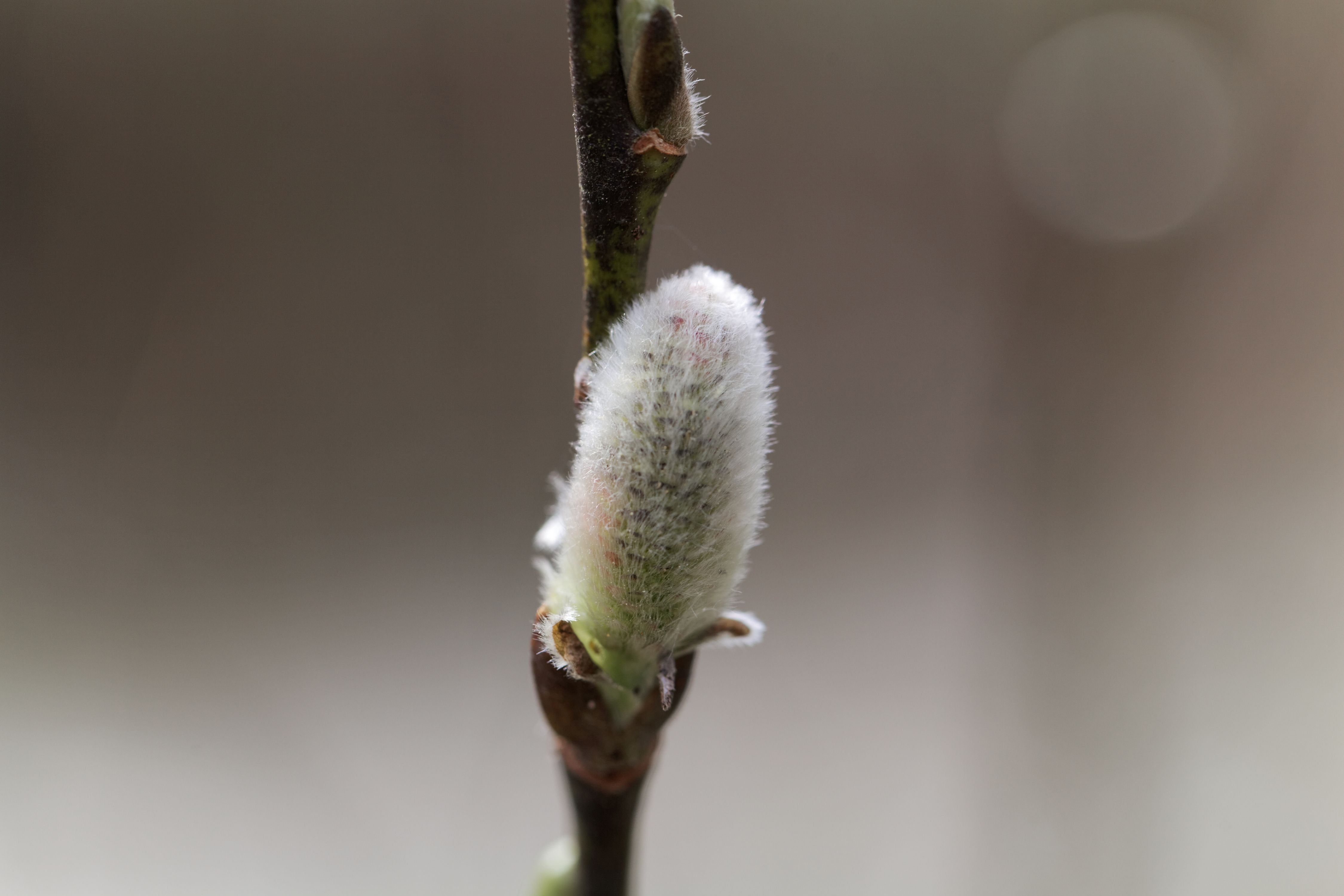Lagger's willow
(Salix laggeri)

Description
Salix laggeri, Lagger's willow or downy willow, is a species of willow native to the Alps. Salix laggeri is a shrub that can reach 1 to 3 meters in height. The 2-year-old branches are grey-tomentose, they are not striated under the bark. The lanceolate or elliptical-obovate leaves are 3 to 7 cm long. They are white-cottony when young, then glabrescent and dark green above, with whitish hairs below. The edge of the blades is crenate-toothed or almost entire, often a little rolled up. The stipules reach 0.5 cm in length or are missing. Flowering and leafing occur at the same time, in June. Female kittens reach 25 mm long and 9 mm wide. The capsules containing the seeds are hairy-silky. The species likes alluvial deposits and rocky soil poor in limestone, at the edge of streams and lakes. It is a subalpine species found in the central Alps. The willow genus or willow genus (Salix) is a genus in the willow family, and grows as trees, shrubs, rice or herbaceous dwarf shrubs. The trees in the genus are usually called willow trees, while the more shrub-like species are usually called willow. Otherwise, arrows are usually called the species that have flowering and leaf splitting at the same time, while species that bloom on bare twigs are called willow. The genus has over 400 species. The grayish bark of the wood is smooth or rough and with a wood that often has ridges under the bark. Its winter buds have a bud scales and the leaves are strewn, simple and notched or finely sawn. The willow is a two-story building with flowers gathered in axillary pendants. Fertilizers of willow species have been found in tertiary strata in Europe, Asia and in Arctic regions, and these older species are often close to now living tropical willow species with many stamens. In older Quaternary deposits, modern northern varieties of willow are beginning to emerge. Traces of willow have been found in Italy and in Europe's pre- and postglacial peat layers of several today alpine and arctic species such as dwarf willow, net willow and polar willow. Willow occurs mainly in temperate areas in the Northern Hemisphere. In 2009, according to the Swedish Board of Agriculture, there were 36 willow species in Sweden, most in the north. The most well-known species in Sweden are willow (S. caprea), gray willow (S. cinerea) and willow (S. fragilis).
Taxonomic tree:







